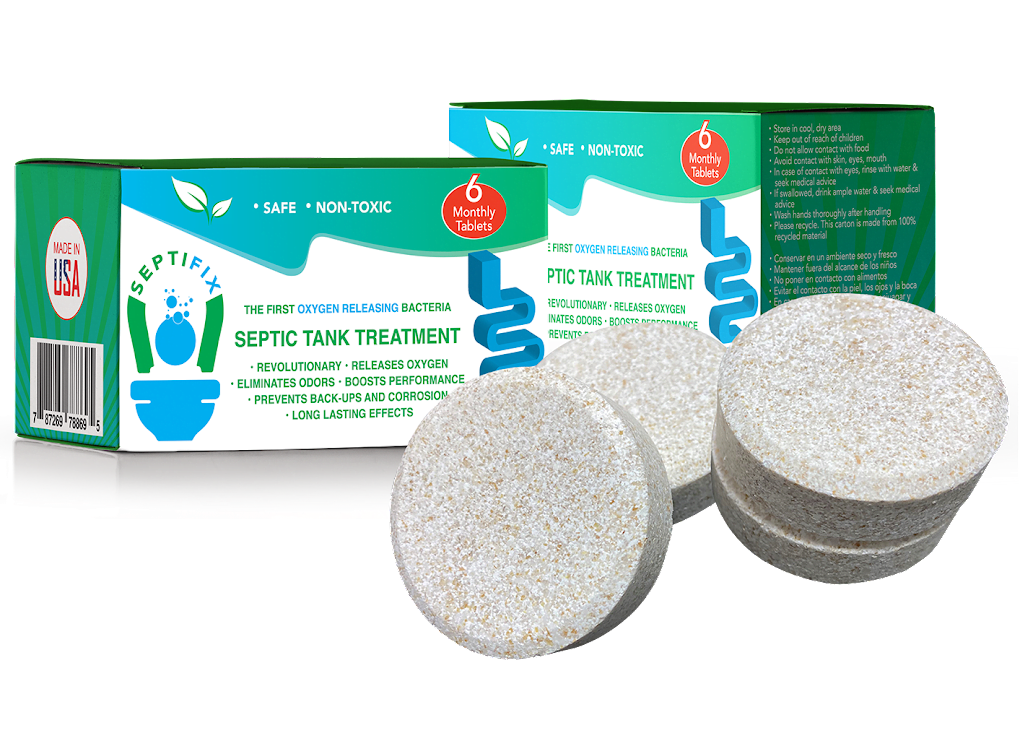Water is a crucial element for life, but when it comes to septic systems, its excess, especially in the form of high water tables, can present a unique set of challenges. A high water table indicates that groundwater is present just below the surface of the land or at a shallow depth. For septic systems, which rely on the soil to treat and disperse wastewater, a high water table can complicate matters, affecting efficiency and longevity.
Causes:
- Geographical Features: Certain regions naturally have a high water table due to their proximity to bodies of water, like lakes, rivers, or oceans. In these areas, groundwater is naturally closer to the surface.
- Seasonal Variations: Seasonal rains, flooding, or snowmelt can temporarily raise the water table in an area. This fluctuation might lead to occasional issues with the septic system.
- Impermeable Soil Types: Clays and other less permeable soils don’t absorb water quickly. In regions with these soil types, the water table can be consistently higher.
Prevention:
- Site Evaluation: Before installing a septic system, it’s essential to conduct a thorough site evaluation. This includes soil testing and determining the water table level. Understanding the site’s specifics can guide the type of septic system chosen.
- Alternative Septic Designs: In areas with a persistently high water table, traditional septic systems might not be ideal. Raised mound systems, sand filter systems, or other specialized designs might be more appropriate, as they elevate the drain field above the highest anticipated water table.
- Regular Monitoring: Even after the septic system’s installation, regular monitoring can help gauge the water table’s impact on its performance. After heavy rains or during wet seasons, it’s advisable to check for signs of system distress.
- Landscaping Solutions: Strategic landscaping can help divert excess water away from the septic system area. Grading, berms, or drainage solutions can be effective in preventing water from pooling around the septic tank and drain field.
- Water Conservation: In areas prone to high water tables, practicing water conservation inside the home can reduce the strain on the septic system. Spreading out laundry days, fixing leaks, and installing water-saving appliances can minimize the volume of water entering the system.
In conclusion, while a high water table presents its set of challenges for septic systems, they aren’t insurmountable. Through careful planning, appropriate system design, and regular monitoring, homeowners can ensure that their septic systems operate efficiently even in less-than-ideal terrains. Being aware of the unique dynamics of water tables and adapting strategies accordingly is key to ensuring longevity and performance.

SEPTIFIX will save you hundreds, if not thousands of dollars each year, because your septic system will run smoothly and you won’t have to worry about calling the pumpers or a plumber for a fix!
Click here to save up to 50%


